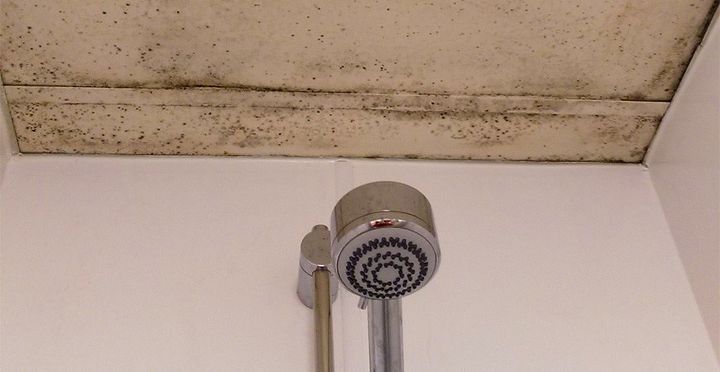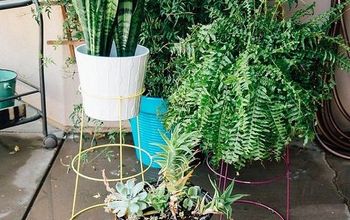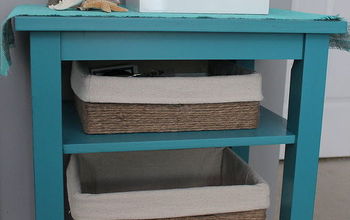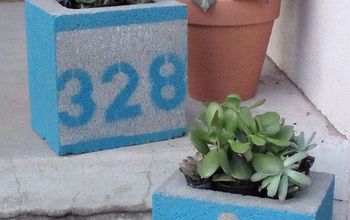102 Views
5 Types of Common House Mold

by
Wet & Forget
(IC: professional)
Easy
We all know mold is easy to spot in moisture induced areas in your home. Mold infestations look ugly, can lead to poor indoor air quality, and can even cause you to become ill. Have you ever wondered what types of mold live in your home and how to kill them? We’ve listed the top 5 types of common house mold and how to identify them. We’ve also included the best mold killer to eliminate all of these types of molds from your home.
Stachyotrys (Black Mold)
Aspergillus
Fusarium
Penicillium
Cladosporium
Although there are varying side effects for these types of house mold, they do look very similar in appearance and occur in alike areas. The best way to tell what type of mold you are dealing with is to have a mold test done in your home. You can either hire a professional, or purchase a mold testing kit at your local hardware store.
Enjoyed the project?
Published December 21st, 2016 10:00 AM
































Frequently asked questions
Have a question about this project?